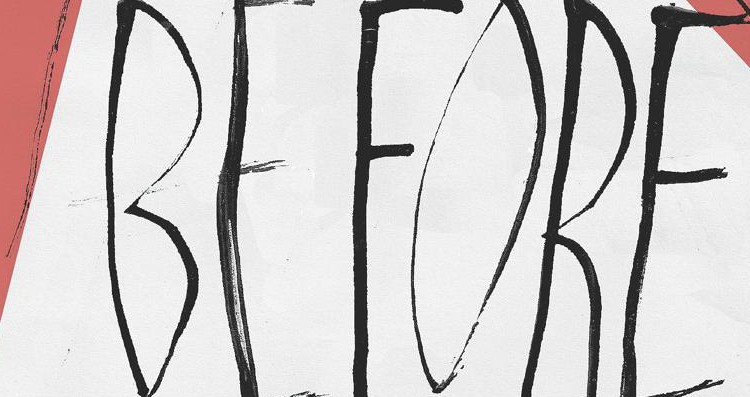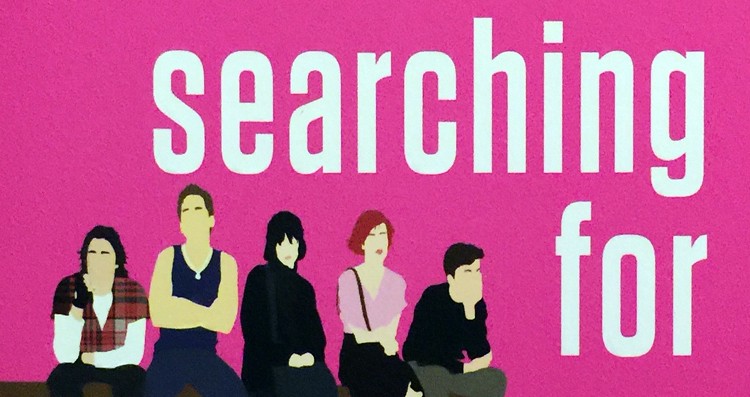Books & Culture
Life in the Hollywood Hills
Social media takes center stage in Edan Lepucki’s Woman №17

Relationships are complicated when you’ve got two children by different fathers and you’re not currently living with either of them. In Edan Lepucki’s new novel, Woman №17, mother Lady Daniels takes on as live-in help a young woman who likes to be known simply as S. In her job ad, Lady has not mentioned the pool circled with astro turf overlooked by a line of houses which her estranged husband Karl calls The Eavesdroppers. Neither, more crucially, has she revealed that she not only has a two-year-old son, Devin, but also an eighteen-year-old, Seth, who does not speak.
Lady was born with the name Pearl, but having literally stepped into her mother’s high-heeled shoes at age one, “became someone else.” She is writing a book, or rather failing to do so, about bringing up Seth. S is an artist whose current projects include role-playing her mother, who is alcohol-dependent. S, real name Esther, says:
“There were… two Esthers: the one my dad took care of, and the one who took care of my mom.”
From the start there is something equivocal in the relationship between Lady and S, questions over who is relating to whom, questions too about games people play.
All the relationships in Woman №17 are uneasy. The tensions are expertly spun by Edan Lepucki through the heat of the end of summer in LA. As the story unfolds in alternate narrations by Lady and S, Marco and Karl — fathers to Seth and Devin respectively — dip in and out of the household, as does Karl’s successful artist sister Kit, whose actions are pivotal to the plot of the novel. It is through her that Lady met Karl in the first place, and Lady is the subject of her photograph Woman, №17.
The photograph is in a book of Kit’s pictures; the original hangs in the closet in the bedroom which Karl and Lady had shared. There is a crucial difference between the original photograph and the copy in the book. Unknown to Lady, S develops a fascination with the photograph. Meantime she starts using photographs herself in an art project. Photographs and film overlay and interpret life for S, and also for Seth as the story progresses.
What quickly becomes apparent in Woman №17 is that almost all interactions between the characters in the book are mediated by something else, be it photographs, money, alcohol, the use of social media or a combination of these. Seth is non-verbal, but is perfectly able to communicate through not only sign language but also written media. As well as using e-mail and texts he is a regular user of Twitter. His mother, who checks his account every day, says “His tweets were clever and wise,” but that he doesn’t want her to have an account. However it is no time before the sight of a man reading a pink copy of the Financial Times — “in that moment the color choice felt frivolous, and frivolity was what I craved” — is all it takes for Lady to open her own door to the world of virtual communication with strangers.
Her intention to have no followers does not last and anonymity does not last. Responding to a tweet from Seth, Lady inadvertently feeds S’s obsessions. And who is pulling the strings in all this? Does Seth use Twitter as a means of control? And where does truth lie in communications which are only 140 characters in length?
This novel has humor sewn through it: S’s father calls her and says:
“Did you get my e-mail, with the video of me and Maria taking that trapeze lesson?”
but, as elsewhere in the narrative, humor turns dark and poignant as the conversation continues:
“I got it,” I said. “Looks like it was a lot of fun.”
“I can tell you’ve been drinking tonight.”
“How?”
“Because I was once married to your mother.”
“I have to go,” I said.
Now it was his turn to say my name, but I wasn’t as mature as he was, and not nearly as needy, and I hung up.
Lady has, she says, not had a true friend for eighteen years, since she gave birth to Seth. Yes, she has a friendship with Kit, but it is compromised by the photograph Woman №17, and by Kit’s attitude to Seth. Now she pays S extra money to be her friend as well as a nanny, but this is always going to be a compromised friendship given the money, the drinking — which they now do together — and the sexual tension between S and the adolescent whose silent presence hums in the background at all times.
Edan Lepucki’s narrative is sparky and compelling. She draws us into a close-circling world which I think few of us would chose to inhabit but which we are nonetheless fascinated by, a world in which, for S, sex begins to feel like “a drink to distract from the pain of other drinks, merely more of a bad thing. Dog hair.”
If Lady craves frivolity, it is to escape something which is deeply painful in her life, the fact that Seth is non-verbal and she feels that either she, or the breakdown of her relationship with Marco, is the cause of this. The novel provides insight into the pain and frustration experienced by parents of non-verbal children. In a particularly insightful and illuminating passage, she reflects on what it was like trying to communicate with him before he was literate:
“Until then, he subsisted almost entirely on context, impoverished. And I, without a child to interrupt me, to demand clarification and remind me that the nuances of adult speech are full of mental cul-de-sacs and thorny forests, rambled on and on, referencing a whole world of things and ideas my son couldn’t possibly comprehend.”
You can read this book with the frivolity that Lady craves. You can read it as a skit on the destructive habits of people in the Hollywood Hills with too much money and time on their hands. You can read it as a tongue-in-cheek commentary on the shallowness of much of contemporary art. All this is valid, but this book led me somewhere deeper and left me with a sense of sadness. Sadness that money can buy no-one happiness, sadness that people start relationships with good intentions but get snagged by a failure to communicate honestly face to face, and sadness that people are fooled into thinking that the web relationships forged through social media add up to a real community.
Edan Lepucki demonstrated in her first novel, California, she can envision convincingly a dystopian world that leads directly from the circumstances of today. Woman №17 starts and finishes in the here and now, and shows up the fragility of the facade of civilization that we all in the Western world, be it in American or Europe, like to think we hold up.
What People Do When Things Turn Bad









